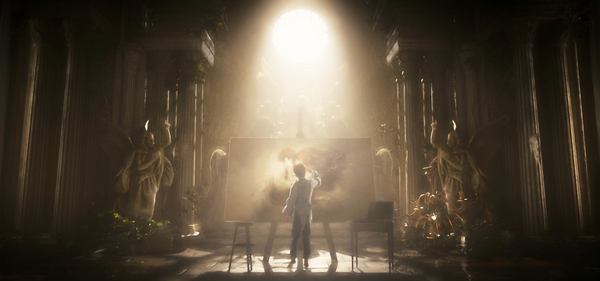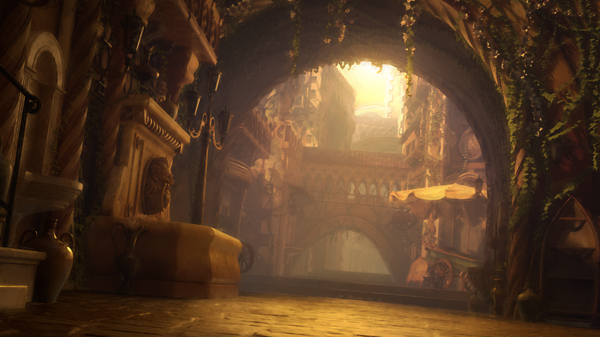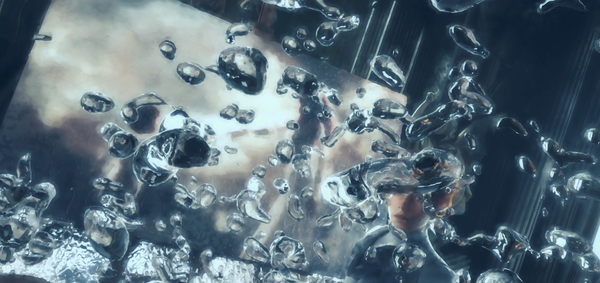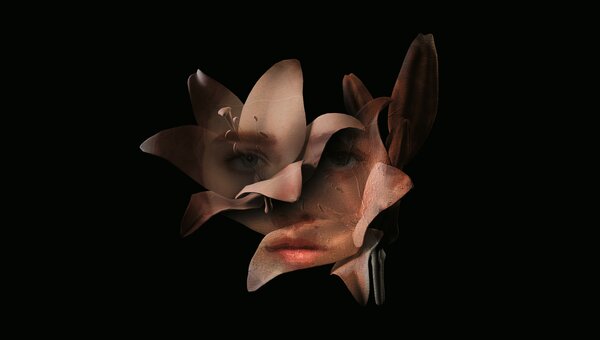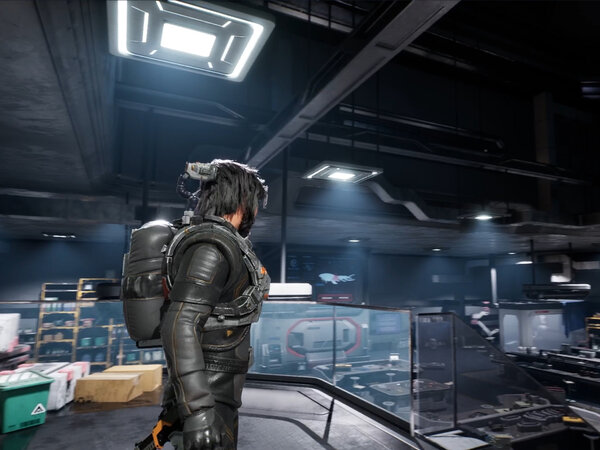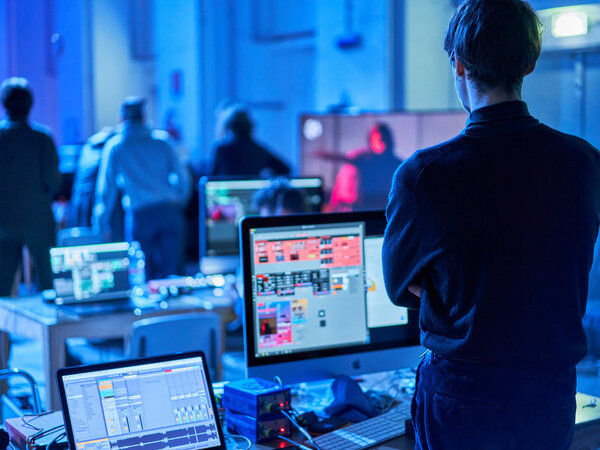
Fragile Surface
IED x Artribune
As of September 2022, IED has been producing covers for Artribune magazine.
Central contemporary themes such as the blurred boundaries between artistic disciplines, the contamination between art and technology, the relationship between humanity and nature, the intersection between reality and virtuality will be told through images and multimedia content created by students and alumni.
The multidisciplinary approach that has always been at the heart of IED's teaching methodology and the contents of Artribune will also allow an in-depth study of the artistic and design disciplines involved in the selected works and their increasingly blurred and overlapping boundaries.
Each cover, created exclusively for Artribune, will therefore symbolise the threshold to cross in order to immerse oneself in the depth and versatility of the project. The fragile surface to be broken in order to venture into the hyper-connected imagination of the designers.
SURFACE #1: The cover
Luce d'abissi
The journey between the multidisciplinarity of Visual Arts and Design begins with the work Luce d'abissi (Light of Abyss) developed by Piercarlo Lippi, Alessandro Magnotta, Eleonora Polo, Demetrio Zema as the thesis project for the three-year course in Computer Generated Animation and by Jacopo Tonetti for the three-year course in Sound Design.
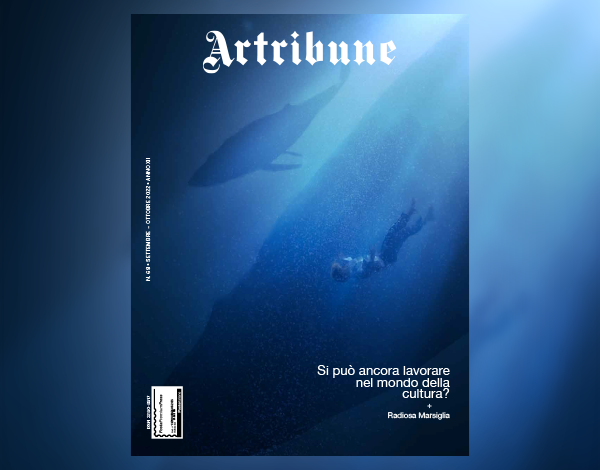
SURFACE #1: The project
Luce d'abissi
Luce d'abissi is a short film made in 3D animation that, in an allegorical and highly interpretive manner, depicts the transition between life and death of a young boy who dies in his mother's arms after a shipwreck. The project is greatly influenced by the history of art and literature, especially that of Italy. From the aesthetics to themes, from architectural taste to the smallest stylistic choices that gave life to the environments and characters. Visual, symbolic and religious references are intertwined, resulting in the construction of a tale that, rather than narrating a precisely defined story, is intended to arouse emotion.
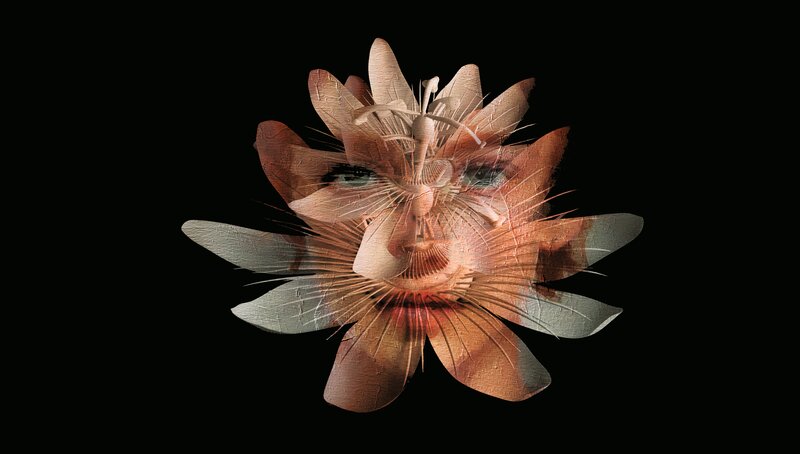
SURFACE #1: The project
The narrative structure of the short film, as well as its aesthetics, derives from a series of artistic-literary influences that are channelled into a single work with various nuances and symbolism. The celebration of concepts such as sentiment, fantasy and religion is taken directly from Romanticism, the cultural movement that swept across Europe between the 18th and 19th centuries. Equally fundamental in the construction of the narrative was the cultural climate of the decadent movement, which flourished over the last two decades of the 19th century. From a literary point of view, in fact, elements such as death, the central theme of decadent poetics, underpin the story.
An important role is also given to the current of Aestheticism and in particular to the figure of the aesthete, consecrated by D'Annunzio and Oscar Wilde. The male protagonist figure closely resembles the aesthetic canons of a little prince, an elegant and handsome young lord. His long-limbed body, wavy hair, androgynous face and elegant clothes are a strong aesthetic reference to the figure of Dorian Gray, but also echo the grace and fairy-tale style of the depictions of the Pre-Raphaelite Brotherhood and the androgynous male figures of Leonardo Da Vinci. The boy's face is also reminiscent of a self-portrait by Dante Gabriel Rossetti, while the child's face is inspired by John Everett Millais's work “For the Squire”.
Another strong literary reference is the poetics of the “Il Fanciullino” (the small child) by Giovanni Pascoli, a decadent poet. When the main character is with his mother, he appears in the guise of a child, his inner child, in a dreamlike place of perfect harmony.
The figure of the mother echoes the canons of beauty of the Pre-Raphaelite brotherhood, and in particular the works of Rossetti and Millais: long, loose, coppery hair, a delicate face, soft, fluttering classical-style clothing with references to Greek art and Gothic-Medieval style.
In particular, in the meeting scene, there is a fundamental aesthetic and religious reference to the “Creation of Adam”, a fresco by Michelangelo Buonarroti that features on the ceiling of the Sistine Chapel. Mother and son, in a boundless heaven at the gates of paradise, stretch out their hands without being able to touch each other, adopting the same position as the hands of Adam and God in the Renaissance fresco.
It is important to bear in mind, however, that most of the references are subtle and purely stylistic ones, as the short film is more akin to the fairy-tale atmosphere of the Pre-Raphaelites and more generally does not seek to transpose precise stereotypical depictions. The protagonists, in their anonymity, represent a mother and son who, at the end of their days, find each other and move on together.
The works of art are not mere aesthetic references. In fact, almost the entirety of the short film is presented in a visual style with a refined pictorial taste, while on a directorial level it is characterised by small camera movements, glimpses that capture the environment from the outside in an almost contemplative manner. The stillness of the shots and the rituality of the actions performed by the protagonists allow the spectator to immerse themselves in the images as if in front of a painting. The pictorial style also helps the viewer to understand the story. The depicted scenes are in fact entrusted with the narrative of that passage, the representation of a limbo in which the little boy finds himself before passing away. The rest of the scenes, placed at the beginning and end of the short film, represent what happened in the real world: the shipwreck.
Guiding the entire narrative with their triple narrative, aesthetic and symbolic function are the two founding elements of the entire project: light and water.
The light is always presented as a strong volumetric beam that envelops the character, with narrative and symbolic meaning. Throughout the short film, the volumes direct the scenes by focusing on the protagonist, encompassing him in light, implicitly inviting him to let go, to move on. Some settings are characterised by the simple presence of light, echoing the Aristotelian concept that light, in its apparent immateriality, is an eternal and evanescent element in which earthly bodies are immersed.
In contrast to the stillness of the light and the framing, water on the other hand represents the changing, uncontrollable, driving force of the narrative. Usually a symbol of life and rebirth, water is the cause of the death of the two protagonists. It is not, therefore, a saving, purifying water, but a material, chaotic force. The allegorical and fictitious depiction of limbo, initially at peace, gradually fills with water, bringing that journey to completion in the only way it possibly could.
However, it would be wrong to associate water exclusively with death. It is precisely when light and water coexist that mother and child find each other and move on. The balance between the two elements symbolically embodies peace, harmony, tranquillity after the shipwreck. The water will take away the bodies, while their souls will remain in eternal light. The image on the cover focuses on this balance: the protagonist, bathed in light, sinks towards the abyss while the whales - a mother and her calf - frame the narrative, enriching it with further symbolism.
The music is a fundamental part of the project. Not only does it bring the images to life, but it also guides the viewer and evokes the emotionality of the different moments of the narrative. It accompanies the animated sequences, contributing to the creation of tension, contemplation, sadness, serenity, evocation and all the feelings that the short film would like to arouse during the different moments of the narrative.
Following the screenplay, the musical script was first written by dividing the short film into five main moments and identifying what would or could be the breaking, turning or silent points within them. The melodic and instrumentalist component, although almost always present, leaves room for more ambient, evocative, dreamlike sounds, searching in them for medium and low frequencies that will touch the spectator and make the atmospheres different from each other, but all linked to a primary theme: limbo. The protagonist finds himself in an environment that does not exist, realistic but allegorical, the result of abstraction. It is a thin, imperceptible boundary; the reason for its presence, the shipwreck, is only revealed at the end of the story. But in terms of sound, the choice of instruments with low frequencies, a lot of reverberation and a particularly closed, sometimes muffled sound, is a direct reference to the element of water. Although the scenes are not underwater, the soundtrack alone makes the environments seem closed in a bubble, submerged in water, implicitly contributing to the understanding of the story. The project draws on music and images in complete harmony with each other, with the main and common goal of taking the spectator on a dreamlike, evocative and emotional journey.
Computer Generated Animation – IED MILANO
ALESSANDRO MAGNOTTA – DIRECTOR | TEAM LEADER – Screenwriter, Cinematographer, Lighter Artist, Look Dev Artist, Texture Artist, Colorist, Music Composer, Cloth Simulation Assistant
ELEONORA POLO – DIRECTOR | ART DIRECTOR – Screenwriter, Concept Artist, Scenographer, Lead Compositor, Set Dresser, Layout Artist, Character Designer, Groomer, Posing Artist Assistant, Colorist
PIERCARLO LIPPI – Modeling, Prop Artist, VFX Artist, Whale Rigger, Technical Artist, Compositor Assistant
DEMETRIO ZEMA – Animator, Rigger, VFX Lead, Cloth Simulation, Groom Simulation, Technical Artist, Rendering, Compositor Assistant
Sound Design – IED MILANO
JACOPO TONETTI – Sound Designer, Mixing Engineer, Music Composer
--
PROJECT SUPERVISOR – Massimo Comuzio
CO-SUPERVISOR – Lorenzo Denova
SOUND DESIGN SUPERVISORS – Lorenzo Di Tria, Matteo Milani
MUSIC SUPERVISOR – Claudio Gabbiani
ASSISTANTS – Enrico Carucci, Francesco Lorussi, Raoul Marini, Michele Zelioli, Mattia Scarparo, Giovanni Martini, Adriano Pellegrino, Paola Cadeluppi
DUBBING (ADAP) – Aglaia Zanetti
